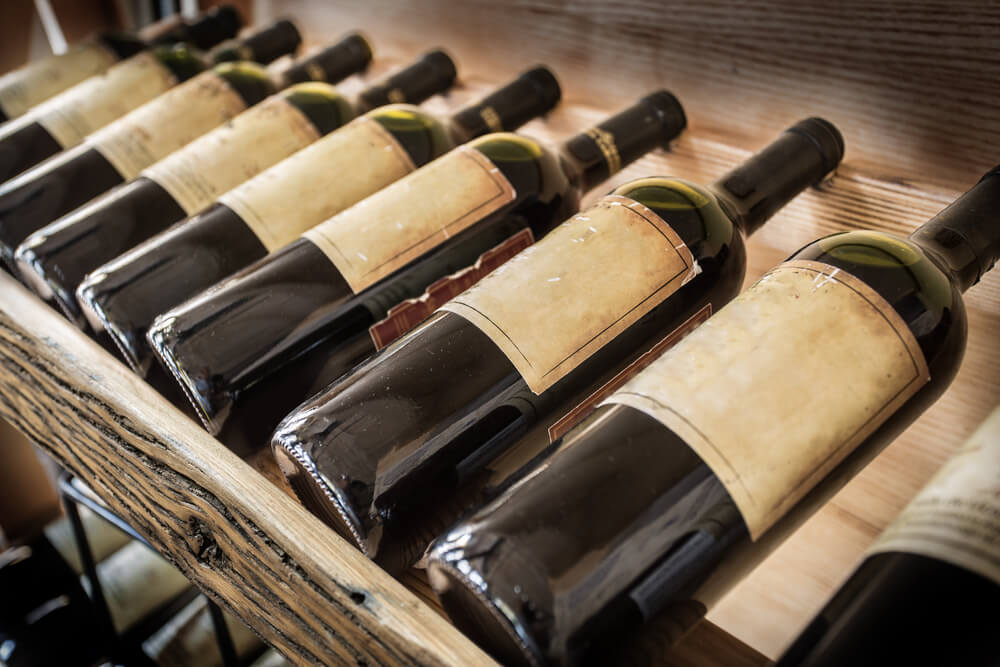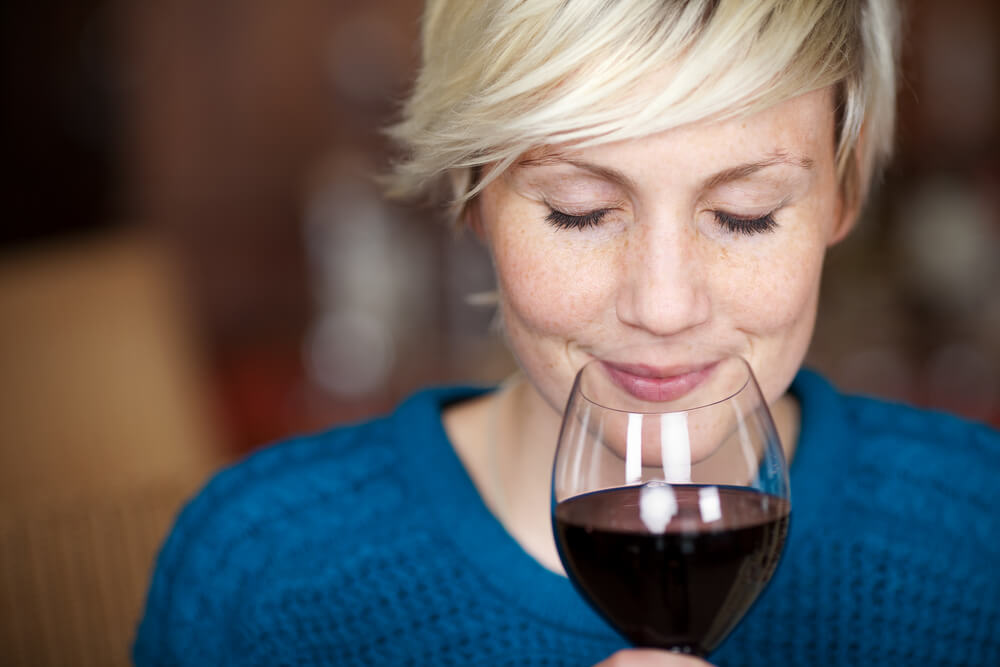
Storing wine has been a tradition practiced by humans for nearly 8,000 years. In that period, those who stored wine did so for different reasons. Whether it was for spiritual reasons, as practiced by the ancient Greeks, or solely for taste, the methods predate some civilizations.
Today, wine lovers might want to store their wine to age or save it for a special event. No matter the reason, you should adhere to specific considerations when storing wine for a prolonged period. This article will provide you with some tips on how to keep wine.
How to Store Wine: The Best Environment
Since the entire process involves delicate chemical reactions from production, bottling, and aging, your wine must be in nearly perfect condition. If you do not have a place in your home adequate for wine storage, finding a storage unit that can provide the right conditions for your wine is a good idea. Below are some environmental conditions best suited for storing wines.
Light Exposure: Ensure your wine bottles are not exposed to direct sunlight or fluorescent fixtures. Ultraviolet light can penetrate the bottles and cause degradation of the wine. Opt for a dark storage area or use specialized wine storage solutions that shield the bottles from light exposure.
Temperature Control: Maintain a temperature that does not exceed 75 degrees Fahrenheit, while 54 degrees Fahrenheit is ideal. Fluctuations in temperature can cause the wine to over-breathe, leading to premature aging. Consider a climate controlled storage unit that provides a consistent temperature range for optimal wine storage.
Humidity: A humidity level of approximately 70 percent is essential for storing wines. Low moisture can cause the cork to dry up, leading to oxidation and potential spoilage of the wine. On the other hand, overly humid conditions can result in the cork rotting. Ensure proper humidity control in your storage environment to preserve the quality of your wine.
Ventilation: Proper ventilation is crucial to prevent musty smells or contaminants from affecting your wine. Ensure the storage area has adequate airflow to maintain freshness and prevent unwanted odors from seeping into the wine.
Wine Storage Duration:

When it comes to aging wine, different varietals have distinct aging potential. Red wines with robust tannins and high acidity, such as Cabernet Sauvignon or Bordeaux blends, benefit from extended aging. These wines can develop complex flavors and smoother textures over time. On the other hand, lighter reds like Pinot Noir or Beaujolais are typically enjoyed when young and fresh.
Certain varieties like Chardonnay and Riesling can age gracefully for white wines, developing richer and more nuanced flavors. However, most white wines are intended to be consumed within a few years of release to preserve their vibrant fruitiness and freshness.
It’s important to note that not all wines improve with age, and some are meant to be enjoyed in their youth. Sparkling wines, rosés, and many fruity white wines are best consumed within a year or two of their vintage. Understanding the aging potential of different wines will help you determine the optimal time to open them and fully appreciate their flavors.
Wine Storage Containers:
Choosing the proper storage containers is crucial for maintaining the quality and longevity of your wine collection. Wine racks are a popular choice, offering both functionality and aesthetic appeal. They come in various materials, such as wood, metal, or acrylic, and can be freestanding or wall-mounted to maximize space.
Wine cabinets provide a more controlled environment, with temperature and humidity settings. These cabinets often feature glass doors to showcase your collection while protecting the bottles from harmful UV rays. They are ideal for those seeking a dedicated storage solution that combines convenience and preservation.
Wine storage boxes or crates are practical options for those requiring flexibility and portability. These containers are typically made of sturdy materials like wood or plastic and offer convenient handling and stacking capabilities. They are ideal for short-term storage or if you frequently need to transport your wine collection.
Consider the size of your collection, available space, and desired level of control and protection when selecting the appropriate wine storage containers.
Wine Organization:
Organizing your wine collection makes it visually appealing and helps you track your bottles and ensure they are consumed at their best. Start by creating an inventory of your wines in a physical notebook or using digital tools and wine cellar management apps.
Labeling your bottles with essential information such as grape variety, region, producer, and vintage can be helpful when selecting the right wine for an occasion. You can also note down purchase dates and drinking windows to ensure you enjoy your wines at their peak.
Depending on your preference, you can organize your wines by type, region, or aging potential. Grouping them by categories allows for easier navigation and helps you locate specific bottles when needed. Consider investing in wine bottle tags or cellar management software that helps you to scan barcodes or QR codes for quick access to information about each bottle.
Maintaining an organized wine collection enhances your overall wine enjoyment, ensures bottles are consumed in a timely manner, and helps you discover hidden gems within your cellar.
Best Handling Methods for Storing Wine

As mentioned above, wine undergoes a series of chemical reactions during the fermenting and aging processes to achieve its desired taste. Proper handling during storage is essential to maintain the integrity of the wine. Here are some important considerations:
- Minimize Movement: Store your wine where you won’t need to move it frequently. Constant movement can disturb the sediment and disrupt the aging process, potentially affecting the taste and quality of the wine.
- Avoid Vibrations: Wine is sensitive to vibrations, as they disturb the sediment and hinder the natural aging process. Choose a storage location that minimizes vibrations, such as avoiding areas near heavy machinery or high foot traffic.
- Horizontal Storage: Store wine bottles horizontally rather than upright. This allows the wine to stay in contact with the cork, keeping it moist and preventing air from entering the bottle. An easy way to achieve this is by using wine racks or specialized storage solutions designed for horizontal bottle placement.
- Label Visibility: Store your wine with the upward label, making it easy to identify and read the bottle’s information without disturbing the sediment. This way, you can monitor the wine’s aging process and decide when to enjoy it.
Best Serving Temperatures by Wine
When the exciting time comes to pop the cork on your bottle of wine, serving it at the correct temperature enhances the tasting experience. Here are some general guidelines for serving different types of wine:
- Deep Red Wines: Serve between 59 to 66 degrees Fahrenheit to bring out the complex flavors and aromas.
- Light Red Wines: Maintain a consistent temperature of around 55 degrees Fahrenheit to preserve the delicate characteristics of these wines.
- Blush Rosé and Dry White Wines: Serve between 46 to 57 degrees Fahrenheit to showcase their refreshing and crisp qualities.
- Sparkling Wines and Champagnes: Chill between 43 to 47 degrees Fahrenheit to enjoy their effervescence and lively bubbles.
If you’re running out of space in your home for your growing wine collection, Hide-Away Storage can help. Our secure and convenient storage solutions provide the extra space you need to declutter and make room for your cherished wines. Store your belongings with us and create a dedicated space for your wine storage at home. With a variety of storage unit sizes and flexible lease terms, we offer the perfect solution for your storage needs. Reserve your storage unit today and unlock the space for your wine collection!
It caught my attention when you said that fluctuations in temperature could cause the wine to age prematurely. This is something that my husband and I will consider because we are planning to visit a winery next Friday. We got a new house, and we are interested in collecting wines. Thanks for sharing this.
Thank you for explaining that you should store your wine on its side so that the cork doesn’t dry out. My husband and I have been wondering if we should invest in a wine rack to store our wine. It seems like it could help us to have a place to store the wine properly and help it last for a long time.